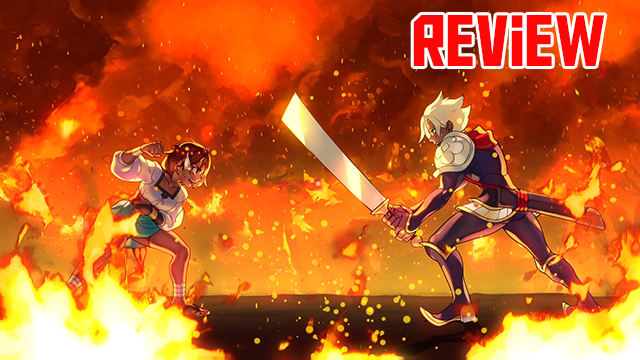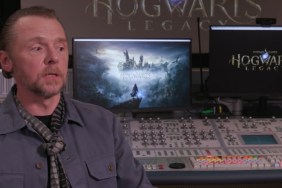Premier fighting game developers usually stick to that genre for years if not decades. Even though NetherRealm in its many forms has experimented with unique minigames and brawlers in the past, it has almost exclusively created traditional fighting games along with the Tekken team. Or, in Arc System Works’ case, it’s the genre the team is generally associated with. Developer Lab Zero…
-
Lovely story that wonderfully explores themes of maturation, redemption, and forgiveness.
-
Characters are uniquely designed and well-animated.
-
Combat has a unique blend of real-time and turn-based rules...
-
...Yet its absence of variety makes it repetitive and too easy.
-
Lacks deep RPG gameplay systems like upgrades or skill trees.
-
Boring level design makes the tedious platforming even more tedious.











